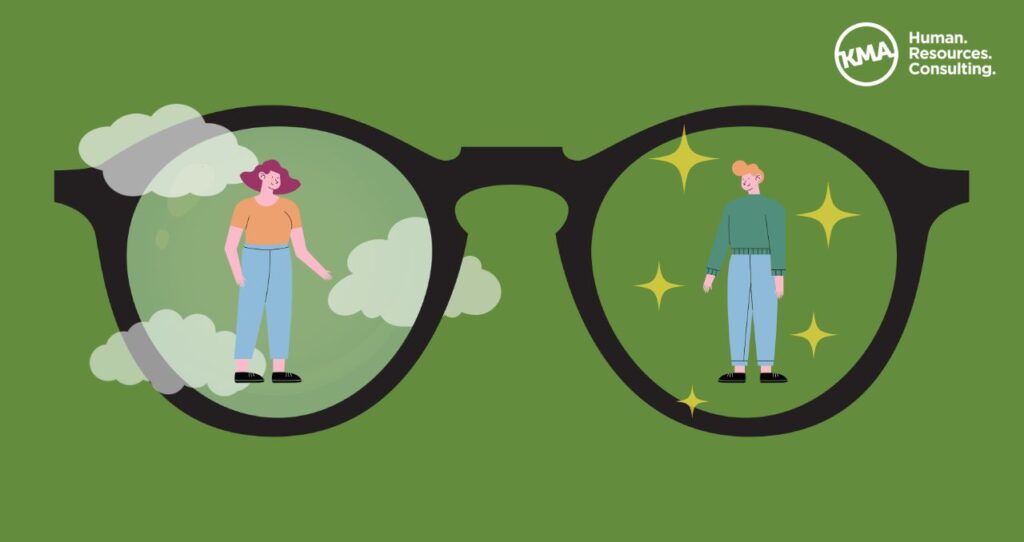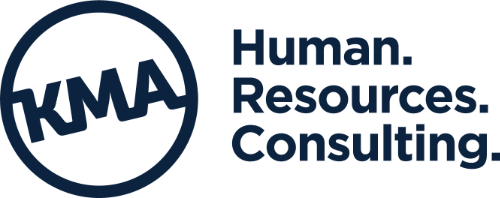
While the recruiting environment has certainly made progress from the overtly biased practices of the past when help wanted ads were listed as male or female, bias throughout the hiring process persists. Ageism, sexism and racism, among other “isms”, can all seep into the evaluation of candidates in subconscious but insidious ways. The key is to be aware of these tendencies and to create a process that is fair, transparent and consistent for all candidates. Here’s how.
Start by investing in DEI training for your team.
The first step in reducing bias in our hiring practices specifically, and in engaging with others more generally, is to become aware of our own prejudices through Diversity, Equity and Inclusion training program. Investing in a DEI initiative on a company-wide basis will signal that equality is a priority and help create an inclusive culture that is more welcoming and inclusive. “A company that normalizes DEI conversations will be in a better position to attract and retain talent,” says Olivia Chayer, KMA Recruiting Consultant.
Check your job description for implicit bias.
Job descriptions may be subtly gendered, using adjectives that are stereotypically masculine or feminine. When developing a job description and posting, make sure to check for word choices associated with a particular gender or age that could deter applicants and replace them with more neutral language.
Understand the different types of hiring bias.
Bias can come in many forms, but in recruiting, it can occur when you form an opinion about a candidate solely on impression and reasons unrelated to their ability to do the job. Here are some common types of biases that can infect a hiring manger’s judgement:
Stereotyping: Having a preconceived opinion about someone based on their gender, race, religion, age, disability, etc.
Similarity Bias: Evaluating someone more favorably because they are similar in some way: went to the same school; know the same people; have the same hobbies, etc.
First Impression: Having an immediate impression of someone, positive or negative, that even with more information, you’re unable to move beyond.
Halo or Horn: Comparing one person to another (halo: favorably, and horn: unfavorably), and obscuring the appraisal of their true attributes.
Negative Emphasis: Allowing a minor negative datapoint to detract from the whole person.
Create a hiring process that is structured and consistent.
When you’re ready to bring in candidates for the interview process, take a team-based approach. By establishing an interviewing team, you’ll eliminate siloed hiring decisions and minimize the impact of any one individual’s bias. Chayer recommends a small team: “The ideal hiring team should include three to four individuals who are integral to, and knowledgeable of, the role, its interfaces within the company, and what is needed for success.” Establish a consistent set of questions so that you can evaluate all candidates on the same responses. Then create a rubric with these standardized questions and assess each candidate numerically (use a 1-3, 1-5 or even a 1-10 scale). Structuring interviews this way is more objective, fair and data-driven when the hiring team is ready to make decisions on who to hire, or who is going through to the next round.
Build in a test or assignment to evaluate competence and/or skillset.
An excellent way to evaluate competency for the role and predict future job performance is to give each of the top candidates a job related sample test or assignment to complete. Establish the criteria you are grading the results on in advance to maintain objectivity, i.e. clarity of writing, quality of presentation, creativity of ideas, facility with software, speed in completing the exercise, etc. This gives the hiring team evidence of each candidate’s ability to do the kind of work required in the role and should be weighted more heavily than likeability, cultural “fit” (which is a red flag for bias), personality or other ambiguous appraisals.
The bottom line is that, as humans, we all carry with us biases and prejudices that are the culmination of our lived experiences. While we can’t completely eliminate them, we can be honest and aware of bias, ready to have the conversation at work, open to change, and committed to creating a work environment that is diverse, equitable and inclusive – and it starts with the hiring process.
Olivia Chayer, KMA Recruiting Consultant, contributed to this article.
